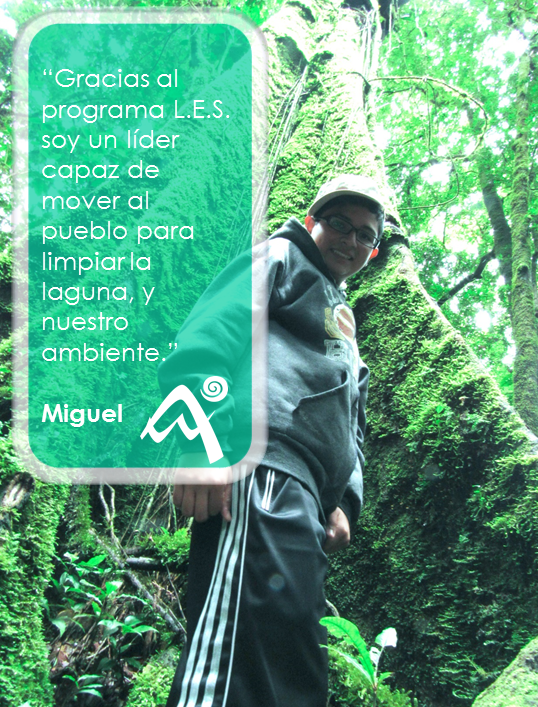Camera layout and data collection
Combined with the geographic feature of the reserve, seasonal characteristics, community distribution, and the key natural resources, field workers set up monitoring sites on the main roads and ravine mouths in the area, and use the “two bright and one dark” method for camera deployment, that is, the two cameras consider the lens orientation, distance, and quality of images to ensure that clear pictures or videos of the front of the entrant are taken without leaving dead spots in the blind zone, and the third camera focuses on the safety of the first two cameras, placed in a high covert and not easy to be found location, and the visual field must include the first two infrared cameras to prevent malicious damage to the monitoring equipment, otherwise, the data will be lost.
The first one is that the camera installer is proficient in infrared camera layout skills, the second is that the camera placement site can be selected properly, the third is that the work plan is combined with the actual situation, and the fourth is the corresponding reward and punishment mechanism.
First, the parameters, the orientation, and the height of the camera must be correct to reduce the number of invalid photos. Second, the camera must be located at an appropriately concealed area to reduce the camera loss rate.
